pica in cats article
You can also tell if your cat has pica based on other symptoms theyre displaying which may include diarrhea vomiting constipation decreased appetite and lethargy. Presence of blood in the stool may result from obstruction or the consumption of stones and sharp objects.

Pica In Cats Why Your Cat Eats Weird Things
Eating things that are not edible - pica in cats.

. Illnesses such as FIV feline immunodeficiency virus and leukemia are common causes of pica in cats as are diabetes and cancer. Causes of pica in cats. Oriental cat breeds such as the Siamese may be at a greater risk of pica.
Young cats are more likely to suffer from pica syndrome. Also if you have any research articles on pica in cats Id love to read them as Im trying to understand the disorder better. Some cats will naturally turn to other items as potential food sources to try to fill this nutritional void and the cravings it.
Boredom in cats can cause a range of troubling behaviors and issues cat pica being one. As the saying goes knowledge is power. The biggest concern with pica is a gastrointestinal obstruction.
There are a few underlying medical causes of pica in cats. Pica is a term used to describe behaviour in cats where they regularly eat items that are not considered edible. Common target objects for feline pica include.
Pica is the term used to describe the craving and ingestion of nonfood items. Whether these three behaviours ingestion chewing and sucking should be grouped together or examined separately is debatable. Cat pica is also associated with feline leukemia and feline immunodeficiency virus and it may be triggered by conditions like diabetes or brain tumors.
Pica is a human and animal disorder characterized by eating things that are typically considered as non-food or do not have any nutritive value. In cats these items most often include fabrics elastics such as hair binders cardboard paper and plastic. Pica in cats only has one clinical sign and that is consumption of inedible objects.
Pica is a term used to describe the consumption of non-edible materials. Authors in the USA have reported that ingestion of wool is largely restricted to pure-bred and. Weakness and l ack of interest in their daily activities.
Cats with pica may chew on or eat wood fabrics blankets or other objects. The cause of pica is unknown but experts speculate that it could be due to a number of causes such as being weaned too. Pica in cats may involve kitties sucking wool stuffed animals or fleece as well as other non-food materials including litter soil yarn strings paper including toilet paper wood dirt cardboard blankets socks jackets plastic shoelaces.
Early weaning of kittens has been postulated to. Joined Jun 1 2017 Messages 4442 Purraise 5040. Primary gastrointestinal maldigestive and malabsorptive disorders exocrine pancreatic insufficiency severe inflammatory bowel disease intestinal lymphosarcoma Endocrine disorders hyperadrenocorticism diabetes mellitus cause polyphagia increased appetite Iron deficiency anemia.
Pica is relatively uncommon in cats. Lack of physical and mental stimulation. This sometimes includes repeated eating one specific item such as stones but can also be eating a range of items such as items of clothing sticks plastic hair bands elastic bands cat litter soil or whatever.
Approximately 25 of cats in the United States have pica syndrome. Before a cat is diagnosed with pica it means the syndrome and behavior have been going on for a long time as cats tend to be very secretive. They found that onset within their study population most commonly occurred between 24 months of age and also noted that onset.
If your cat is eating chewing or licking plastic or plastic bags the first step is a trip to. A cat suffering from pica syndrome will go to all lengths to find and chew its favorite material. Feline pica refers to long-term compulsive chewing and eating of non-food items such as plants power cords and fabric.
Applied Animal Behaviour Science 52 1997 373-379 Cases of pica in domestic cats usually involve the ingestion of wool although the cat may progress to other fabrics Houpt and Wolski 1982. Pica in cats can be fairly difficult to diagnose if you dont see your cat eating a non-food object so try to keep an eye on your cat if you think they may have pica. I had a cat that would eat plastic like the wrapper of a magazine or a supermarket grocery bag whenever he got.
Pica in Cats. Up to 10 cash back Pica in cats refers to the ingestion of non-food items. Secondary symptoms of pica in cats may include.
Nov 15 2017 2 A. They can stem from many sources like changing life stages a health condition or a poor imbalanced diet. Felines with a mild case of pica may not consume the object but chew lick or suck on said inedible object.
Nutritional deficiencies especially vitamin or mineral deficiencies can also be one of the causes of pica. Pica in cats article. Cats with pica were less commonly fed ad libitum than healthy cats.
Described by researchers as the ingestion of inedible items this condition can affect cows birds dogs and even humans too. The latest treat from japan is a website announcing the. Symptoms common to gastritis in cats such as vomiting loss of appetite weight loss diarrhea dehydration lethargy excessive drooling etc.
It is most frequently seen in certain breeds such as Siamese Burmese Tonkinese and other Oriental types leading to the suggestion that there may be a genetic component with the trait passing down particular family lines. PH S0168-1591 9601136-7 374 J. There is limited research exploring the prevalence of pica in cats and the factors influencing onset and occurrence.
Plants electric cords phone cords wool fabric string or yarn. Pica is when cats chew or eat non-food objects such as plastic. For some cats pica appears to be in their genes.
Pica is difficult to diagnose in cats because some chewing and sucking behavior is normal. To deal with this condition consult your veterinarian hire an animal behavior consultant and have the number for a 247 poison control phone line ready. This article has been viewed 20806 times.
Causes of Pica in Cats. Bradshaw and others broadened the definition of pica in cats to include chewing andor sucking of non-nutritive items. Xylophagia is a condition involving the consumption of paper and form of eating disorder known as pica.
Pica is the behavioral urge to eat nonedible materials. Treatment usually focuses on environmental. Bradshaw and others suggested that the onset of pica could happen at any point during the first 4 years of life.
But its estimated that around 40 of cats will be affected in their lifetime which is a huge number of our beloved felines. Pica in cats is likely to begin in the first year of life.
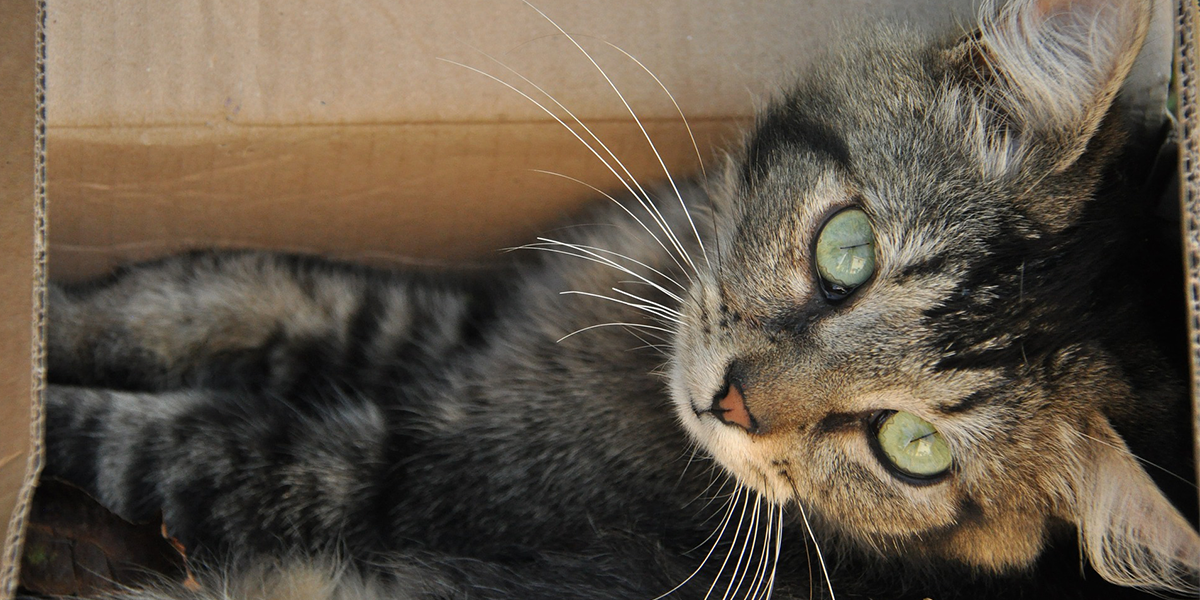
Pica In Cats International Cat Care
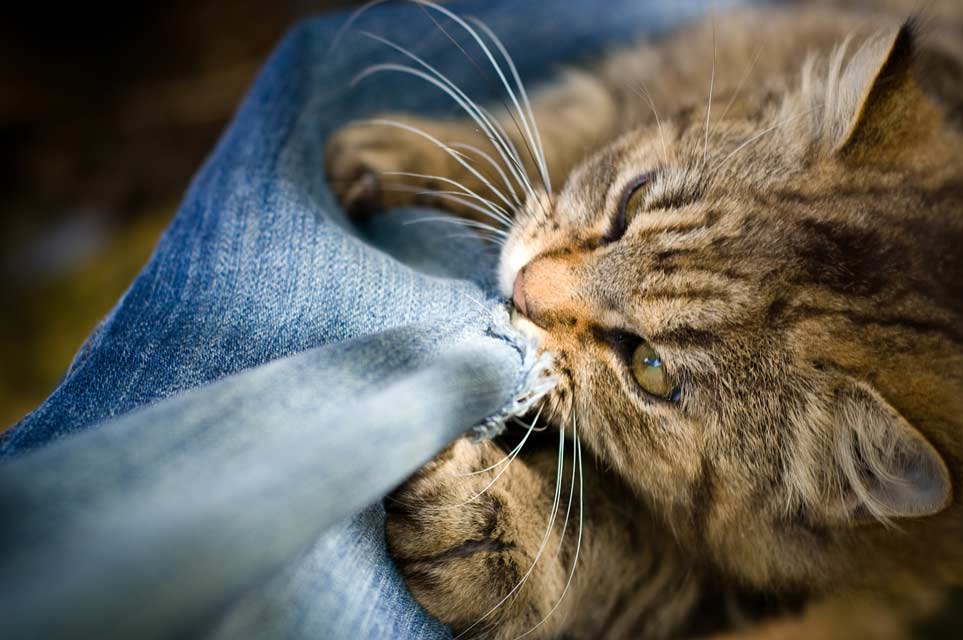
Pica In Cats Why Cats Eat Strange Things

What Is Pica In Cats Signs Symptoms And Treatments

What Is Pica In Cats Signs Symptoms And 7 Clever Treatments

Pica In Cats What It Is Common Causes Tips For Treating It The Honest Kitchen Blog

What Is Pica Syndrome In Cats Petcetera Animal Clinic
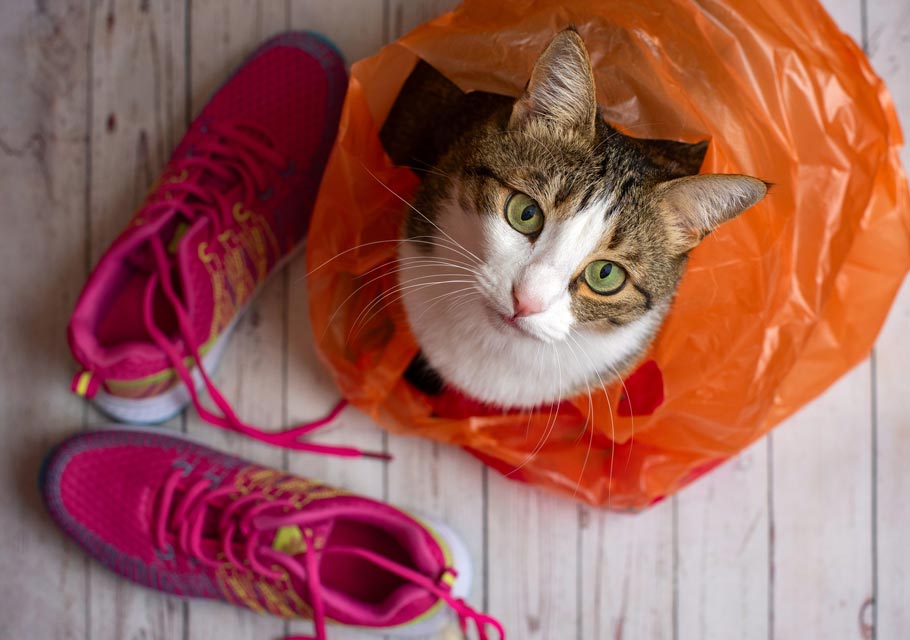
Why Do Some Cats Chew Plastic Articles Catscratching Com

Feline Pica A Perilous And Frustrating Condition Floridawild Vet Hospital
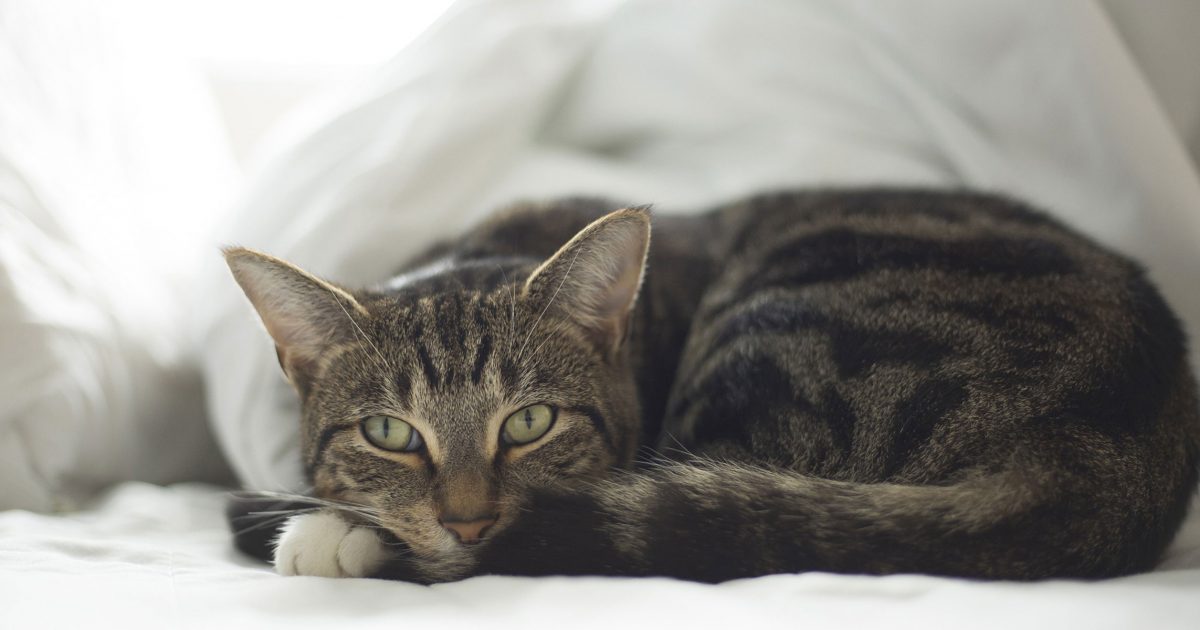
Keeping Cats Safe Pica International Cat Care

Cats Eating Dirt Signs Of Pica In Cats
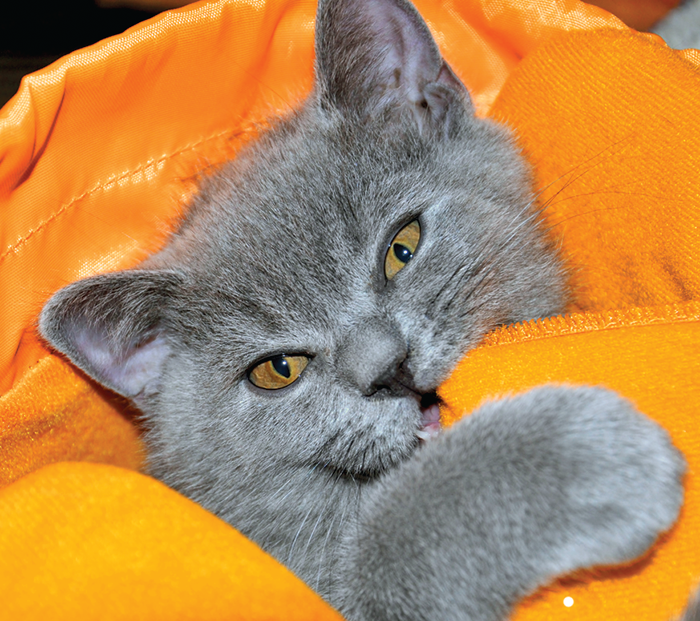
The Problem With Pica Catwatch Newsletter
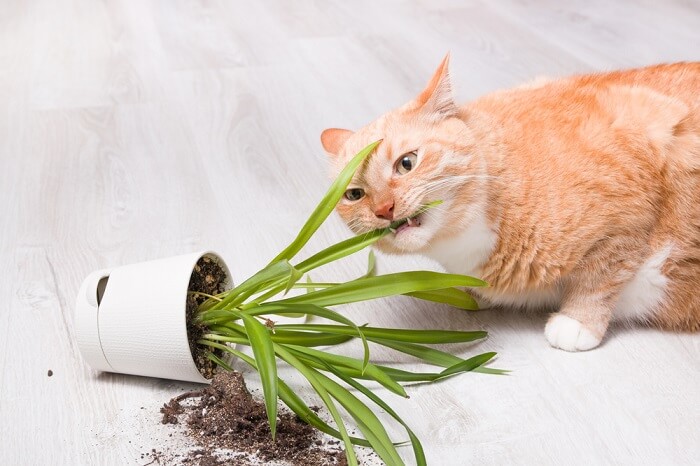
Pica In Cats Causes Symptoms Treatment All About Cats

Eating Things That Are Not Edible Pica In Cats Firstvet

Feline Pica A Perilous And Frustrating Condition Floridawild Vet Hospital
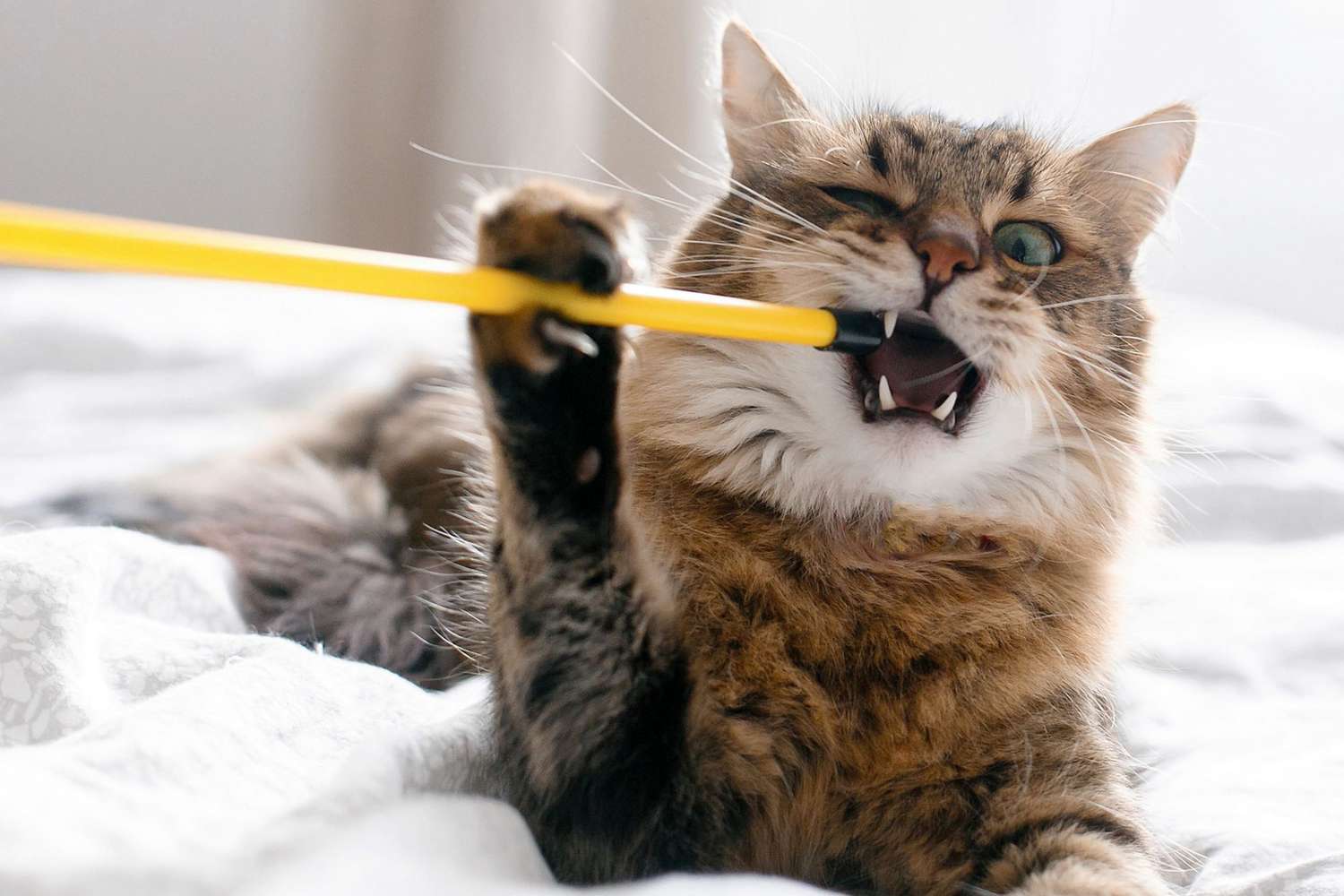
Pica In Cats Why Your Cat Eats Plastic And What You Can Do About It Daily Paws

Pica In Cats When Your Feline Has Unusual Cravings I Love Veterinary


